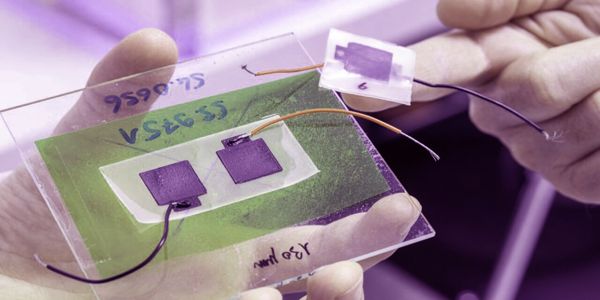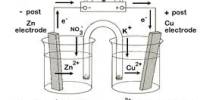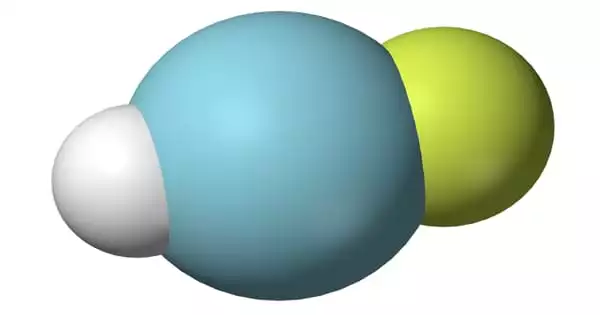In the coming years, the number of data-transmitting microdevices, such as those used in packaging and transportation logistics, will skyrocket. All of these devices require energy, but the number of batteries would have a significant impact on the environment. Researchers at Empa have created a biodegradable mini-capacitor that can solve the problem. Carbon, cellulose, glycerin, and table salt make up the composition. And it works consistently.
The fabrication device for the battery revolution appears to be quite unobtrusive: It is a modified commercially available 3D printer that is housed in a room within the Empa laboratory building. The real innovation, however, is found in the recipe for the gelatinous inks that this printer can dispense onto a surface. The mixture in question is made up of cellulose nanofibers and nanocrystallites, as well as carbon in the form of carbon black, graphite, and activated carbon. The researchers use glycerin, water, and two different types of alcohol to liquefy everything. In addition, for ionic conductivity, a pinch of table salt is added.
The number of data-transmitting microdevices, for instance in packaging and transport logistics, will increase sharply in the coming years. EMPA researchers have developed a biodegradable mini-capacitor that can solve the problem.
A sandwich of four layers
To make a working supercapacitor out of these components, four layers are required, all of which flow out of the 3D printer one after the other: a flexible substrate, a conductive layer, an electrode, and finally an electrolyte. The entire structure is then folded up like a sandwich, with the electrolyte in the center.
The result is an ecological miracle. The lab’s mini-capacitor can store electricity for hours and is already capable of powering a small digital clock. It can withstand thousands of charge and discharge cycles as well as years of storage in freezing temperatures, and it is pressure and shock-resistant.

Biodegradable power supply
Best of all, when you’re done with it, you can compost it or simply leave it in the wild. The capacitor will have disintegrated after two months, leaving only a few visible carbon particles. This has already been tried by the researchers.
“It sounds simple, but it wasn’t,” empa’s Cellulose & Wood Materials lab’s Xavier Aeby says. It took a long series of tests to ensure that all of the parameters were correct, that all of the components flowed reliably from the printer, and that the capacitor worked. “As researchers, we don’t just want to fiddle around; we also want to understand what’s going on inside our materials,” says Aeby.
Aeby developed and implemented the concept of a biodegradable electricity storage device with his supervisor, Gustav Nyström. Aeby earned his doctorate at Empa after studying microsystems engineering at EPFL. Nyström and his colleagues have been researching functional gels based on nanocellulose for quite some time. Not only is the material an environmentally friendly, renewable raw material, but its internal chemistry also makes it extremely versatile. “For a long time, the project of a biodegradable electricity storage system has been close to my heart,” Nyström says.
“We applied for Empa internal funding with our project, Printed Paper Batteries, and were able to start our activities with this funding. Now we have achieved our first goal.”
Application in the Internet of Things
According to Nyström and Aeby, the supercapacitor could soon become a critical component of the Internet of Things. “In the future, such capacitors could be briefly charged with an electromagnetic field, for example, and then provide power for an hour to a sensor or a microtransmitter.” This could be used to check the contents of individual packages during shipping, for example. It is also possible to use these batteries to power sensors in environmental monitoring or agriculture; there is no need to collect these batteries again because they can be left in nature to degrade.
The use of near-patient laboratory diagnostics (“point of care testing”), which is currently booming, will also increase the number of electronic microdevices. Among them are small test devices for use at the bedside or self-testing devices for diabetics. “A disposable cellulose capacitor may also be well suited for these applications,” Gustav Nyström says.
















